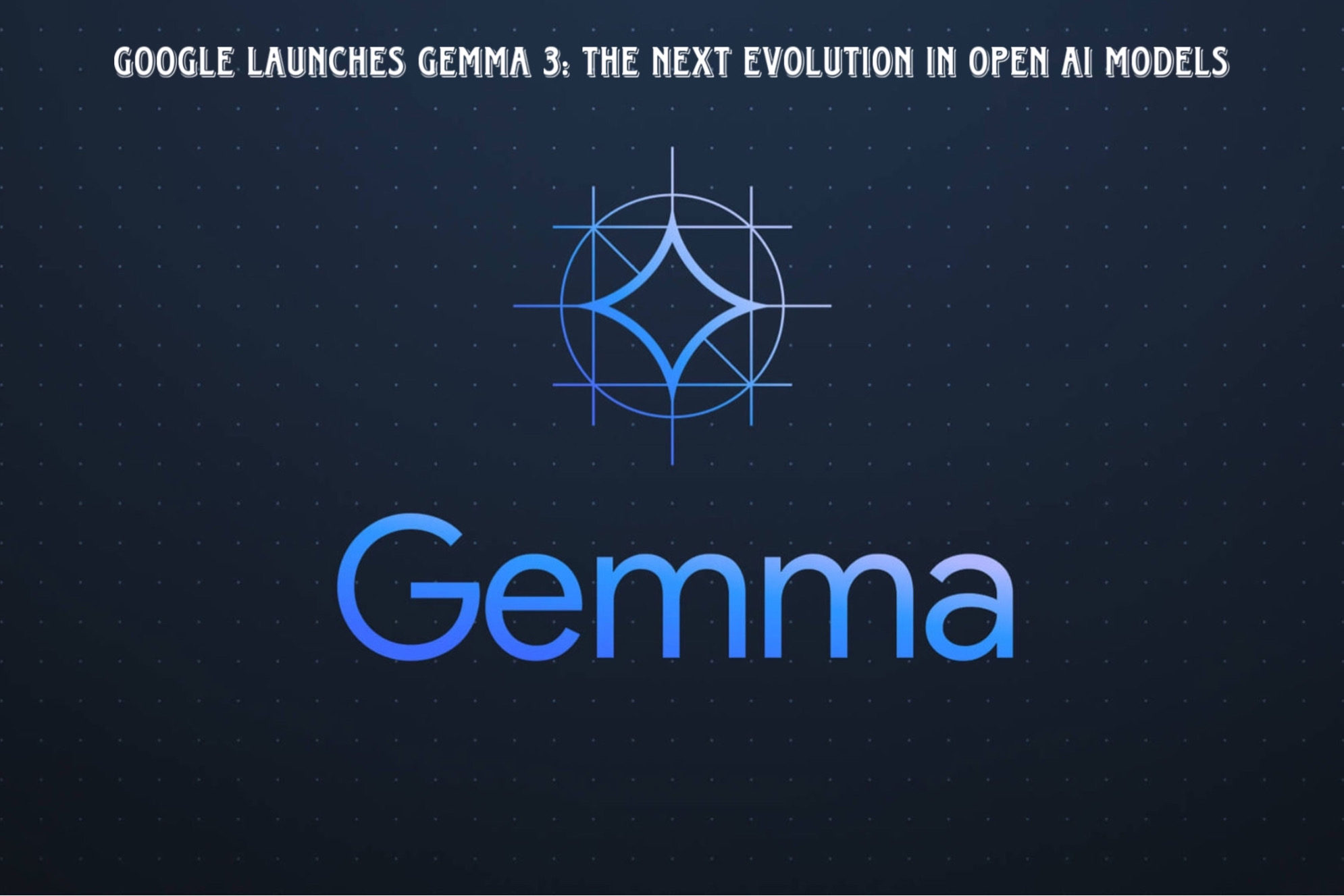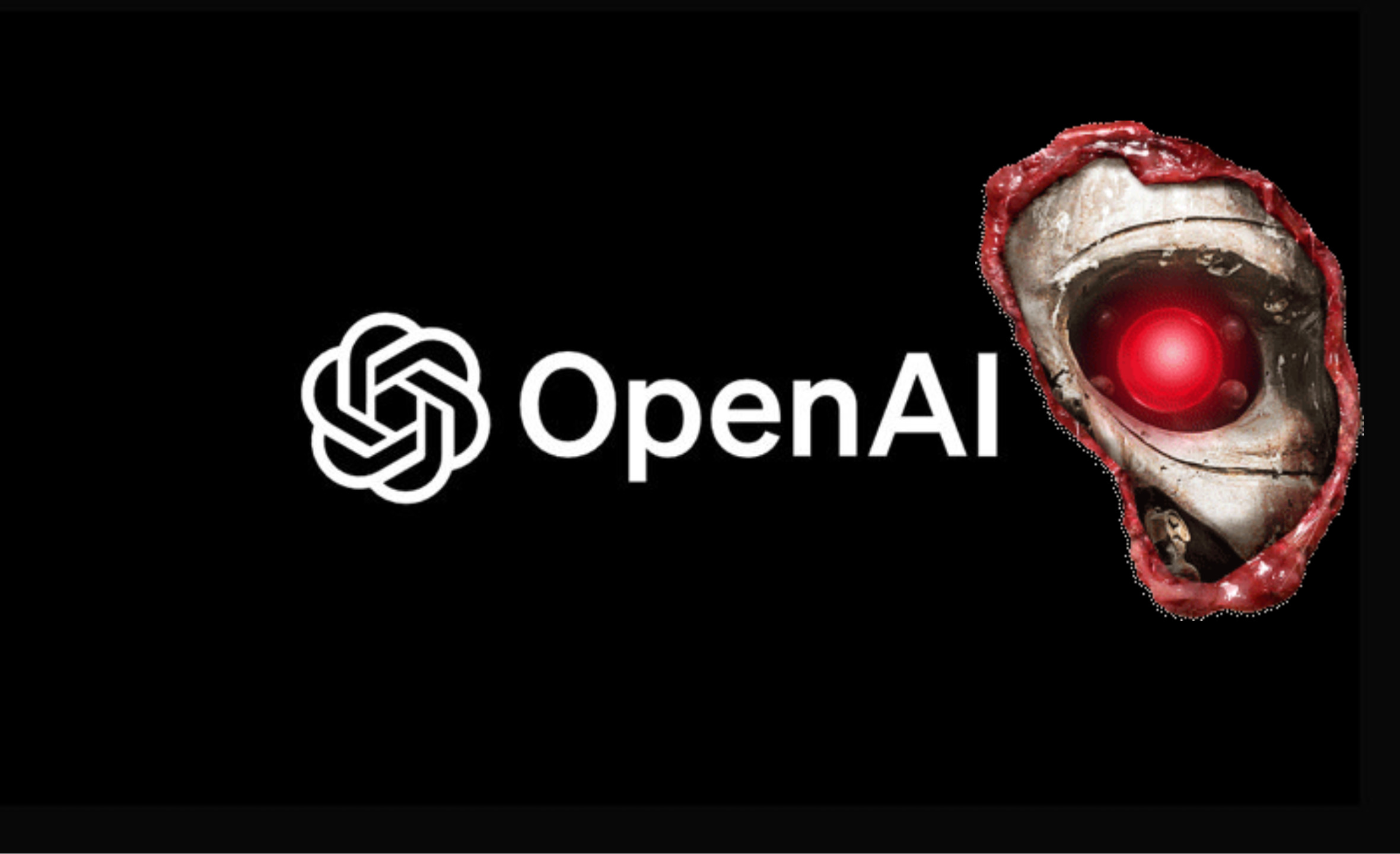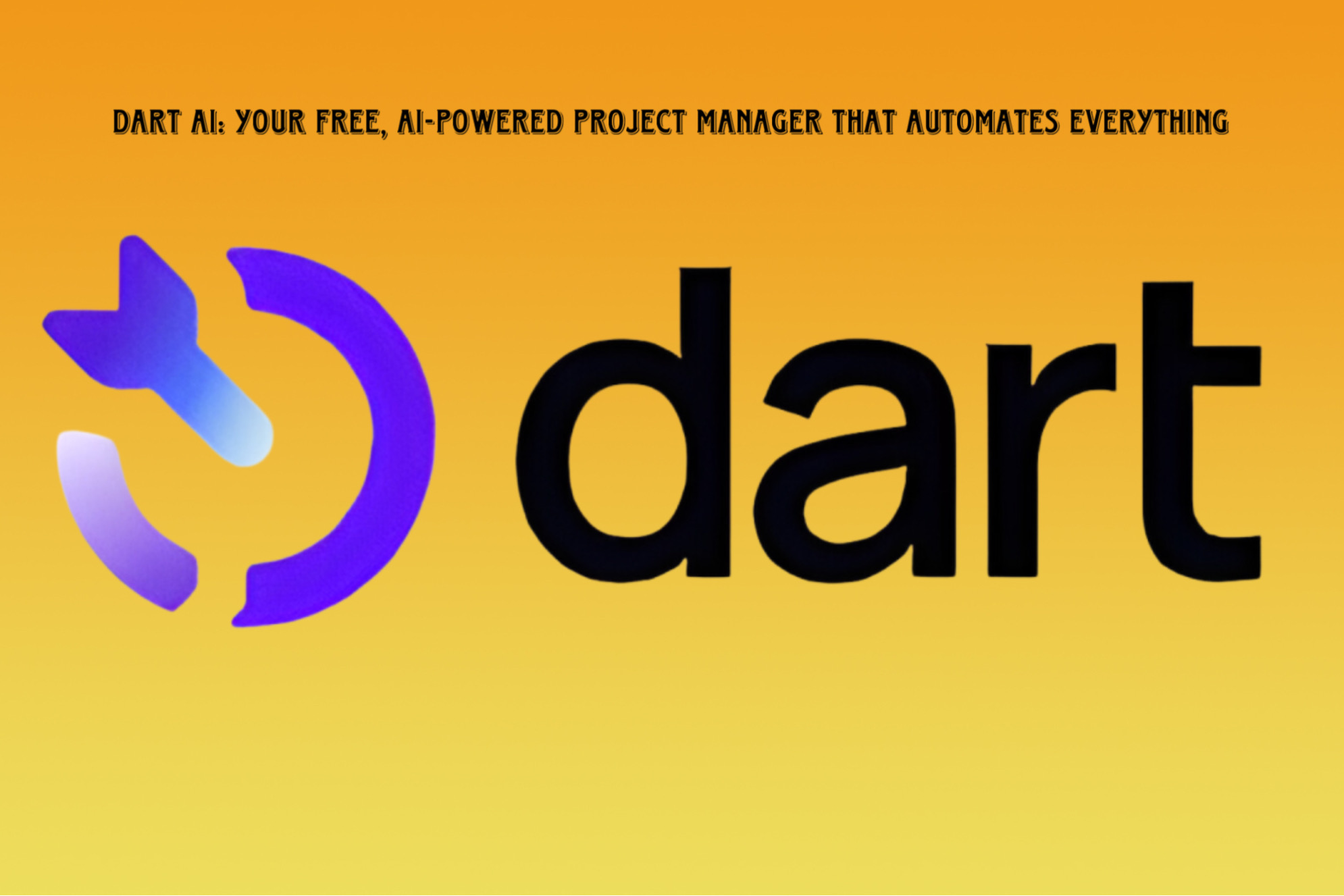Google has officially unveiled Gemma 3, the latest iteration of its open AI model family, designed to be lightweight, adaptable, and efficient. Built upon the foundations of Gemini 2.0, Gemma 3 aims to redefine AI accessibility by offering high performance even on modest hardware setups.
This launch marks a significant milestone for the Gemmaverse, an expanding ecosystem of AI developers, researchers, and enthusiasts. With over 100 million downloads and 60,000 community-built variants, the Gemma family is rapidly becoming a major force in the AI space.
“The Gemma family of open models is foundational to our commitment to making useful AI technology accessible,” stated Google.
Key Features of Gemma 3
Gemma 3 introduces several enhancements that make it a compelling choice for developers:
- Scalable Model Sizes: Available in 1B, 4B, 12B, and 27B parameter versions, Gemma 3 allows developers to choose a model that fits their computational needs and performance goals.
- Industry-Leading Single-Accelerator Performance: Despite its efficiency, Gemma 3 outperforms models like Llama-405B, DeepSeek-V3, and o3-mini in human preference tests on the LMArena leaderboard.
- Multilingual Capabilities: With support for 140 languages, Gemma 3 is built for global accessibility, making it easier for developers to create AI solutions for diverse audiences.
- Advanced Text, Image, and Video Analysis: Gemma 3 goes beyond text-based AI by enhancing visual and short video reasoning capabilities, making it ideal for content analysis, creative workflows, and interactive applications.
- Expanded Context Window: A 128k-token context window enables Gemma 3 to handle large datasets and complex queries, making it a powerful tool for research, content synthesis, and automation.
- Function Calling for Workflow Automation: With structured function calling support, developers can seamlessly integrate AI into business processes and automation systems.
- Optimized for Resource Efficiency: Gemma 3 includes official quantized models, significantly reducing model size while maintaining output quality. This makes it an excellent choice for mobile applications and resource-constrained environments.
Performance & Compatibility
Gemma 3’s 27B model version ranks among the top AI models on the Chatbot Arena Elo Score leaderboard, achieving a score of 1338—all while requiring only a single NVIDIA H100 GPU. In contrast, competing models demand up to 32 GPUs to achieve similar results.
Gemma 3 is designed to fit seamlessly into existing AI development workflows:
- Supports major AI libraries like Hugging Face Transformers, JAX, PyTorch, and Google AI Edge.
- Compatible with diverse hardware, including NVIDIA GPUs (Jetson Nano, Blackwell chips) and AMD GPUs via the ROCm stack.
- Available on major platforms such as Hugging Face, Kaggle, and Google AI Studio for instant deployment.
Google’s Commitment to Responsible AI
Alongside Gemma 3, Google has launched ShieldGemma 2, a 4B parameter image safety checker designed to detect and filter harmful or explicit content. Developers can customize this tool for their specific safety needs.
Additionally, Google has introduced the Gemma 3 Academic Program, offering $10,000 in Google Cloud credits for researchers. Applications are open for the next four weeks, furthering Google’s mission to democratize AI research and development.
The Future of the Gemmaverse
The Gemmaverse is more than just an AI model ecosystem—it’s a thriving community of developers, researchers, and innovators. Projects like AI Singapore’s SEA-LION v3, INSAIT’s BgGPT, and Nexa AI’s OmniAudio highlight the collaborative power of this movement.
With its efficiency, versatility, and accessibility, Gemma 3 is poised to become a cornerstone of the AI development community.
Developers can start experimenting with Gemma 3 today via Hugging Face, Google AI Studio, or Vertex AI.



